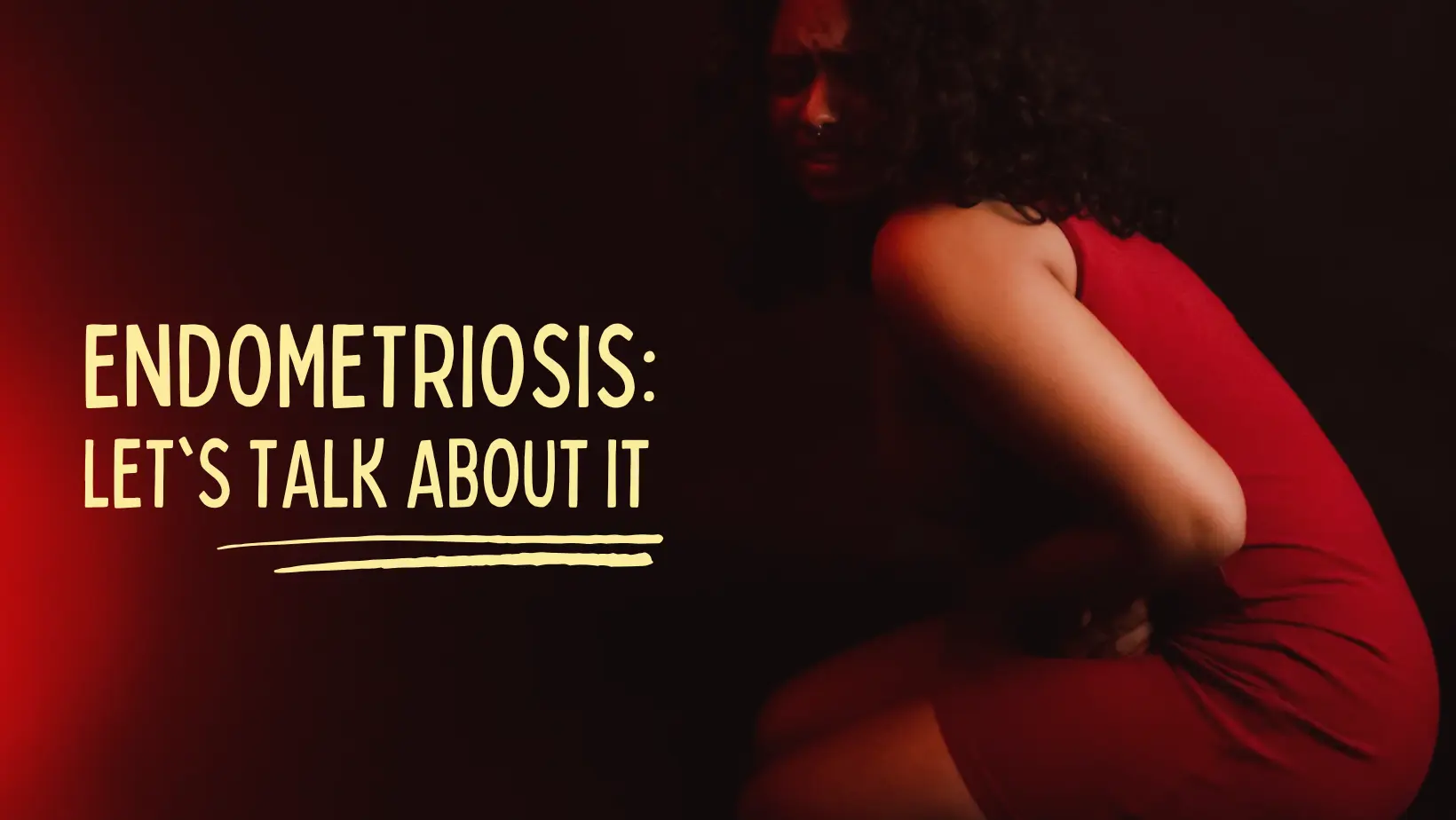
Endometriosis: Understanding the Condition, Symptoms, and Treatment Options
Introduction
Endometriosis affects roughly 1 in 10 women worldwide, yet it remains a condition surrounded by misconceptions and mystery. With decades of experience in women’s health, we aim to provide clarity on this condition, answer common questions, and support those navigating its challenges. This guide will cover everything from symptoms to treatment options, empowering you with knowledge and practical strategies.
Frequently Asked Questions About Endometriosis
1. What is Endometriosis?
This is a chronic condition in which tissue similar to the uterine lining (endometrium) grows outside the uterus. These tissue implants can develop on the ovaries, fallopian tubes, outer surface of the uterus, or even in the pelvic area. Because this tissue reacts to the menstrual cycle, it can cause inflammation, scarring, and severe pain.
2. What Are the Symptoms of Endometriosis?
Common symptoms include:
- Pelvic Pain: Usually more intense than normal menstrual cramps and often persistent.
- Painful Periods (Dysmenorrhea): Cramping and pain begin before the period and last several days.
- Pain During Intercourse: Painful sex is often one of the signs of endometriosis.
- Painful Bowel Movements or Urination: Especially during menstrual periods.
- Heavy or Irregular Periods: Some may experience excessive bleeding or spotting.
- Fatigue, Nausea, and Bloating: Digestive issues are also common.
Not everyone will have all of these symptoms, and their severity can vary significantly from person to person.
3. What Causes Endometriosis?
The exact cause is still unknown, but several factors may contribute:
- Retrograde Menstruation: This theory suggests menstrual blood flows backward into the pelvic cavity, causing endometrial-like cells to implant outside the uterus.
- Genetics: it can run in families, so genetic factors may play a role.
- Immune System Dysfunction: Some research suggests a weakened immune system may contribute.
- Environmental Factors: Exposure to toxins or chemicals may increase the risk.
No single cause has been definitively linked, making it a complex condition to study.
4. Who is Most Likely to Develop Endometriosis?
While this condition can affect any menstruating person, it is most common among women in their 20s to 40s, especially those who have not given birth. Family history, early onset of menstruation, and prolonged menstrual cycles may also increase the likelihood.
5. How is Endometriosis Diagnosed?
Diagnosing endometriosis can be challenging because symptoms often mimic other conditions. Diagnosis may include:
- Pelvic Exam: A doctor may manually check for cysts or scar tissue.
- Imaging Tests: Ultrasounds and MRIs can provide additional clues.
- Laparoscopy: This surgical procedure allows a physician to view inside the abdomen and confirm diagnosis.
Due to varying symptoms, it can take an average of 7–10 years to receive a diagnosis, underscoring the importance of advocating for yourself in medical settings.
6. Can Endometriosis Cause Infertility?
Yes, approximately 30–40% of women with this condition may experience infertility. This condition can interfere with reproductive organs and lead to scarring or adhesions. However, many women can still conceive naturally or with the help of fertility treatments.
7. What Treatment Options Are Available?
Treatment is tailored to individual needs, primarily focusing on pain relief and managing symptoms. Options include:
- Pain Management: Nonsteroidal anti-inflammatory drugs (NSAIDs) can help.
- Hormonal Therapy: Birth control pills, GnRH agonists, or progestin therapy can reduce estrogen levels to limit tissue growth.
- Surgical Options: Laparoscopic surgery can remove or reduce tissue growth. In severe cases, a hysterectomy may be considered.
- Alternative Therapies: Acupuncture, pelvic floor therapy, and dietary changes may alleviate symptoms for some.
While there is no cure, many women find a combination of treatments that improve their quality of life.
8. Can Lifestyle Changes Help Manage Endometriosis?
While lifestyle changes cannot cure endometriosis, they can offer relief. Consider these strategies:
- Anti-Inflammatory Diet: Reducing red meat, caffeine, and processed foods while increasing fruits, vegetables, and omega-3 fatty acids may help.
- Regular Exercise: Exercise can reduce estrogen levels and improve blood flow, providing symptom relief.
- Stress Management: Meditation, mindfulness, and therapy can be beneficial in managing chronic pain.
Many women find that adopting these changes eases the burden of symptoms and helps manage flare-ups.
9. How Does Endometriosis Impact Mental Health?
Chronic pain and fertility issues can significantly affect mental well-being. Studies links it with higher rates of anxiety, depression, and chronic fatigue. Support groups, counseling, and open communication with loved ones can make a positive difference.
10. Is Endometriosis Hereditary?
Research suggests that women with close relatives who have this condition are more likely to develop it, indicating a genetic component. However, having a relative with endometriosis does not guarantee it will develop.
Conclusion
Endometriosis is a challenging condition that requires a comprehensive approach to diagnosis, treatment, and support. While every journey with endometriosis is unique, understanding the condition and its management options empowers those affected to take control of their health and seek support. With ongoing research, advocacy, and awareness, there is hope for better treatment options and increased understanding of this complex condition.
All Categories
Recent Posts
Before it’s Too Late: 5 Essential Things Women Need to Know about Breast Cancer
Dr. Joan Faluyi Receives Honorary Doctorate for Global Impact in Women’s Empowerment
October Awareness: Blossomflow’s Call to Women Everywhere
Tags
Give them a helping hand
Every donation fuels our mission to combat period poverty. Your generosity brings us closer to menstrual equity.
+234-909-482-1642
inquiries@blossomflow.org




